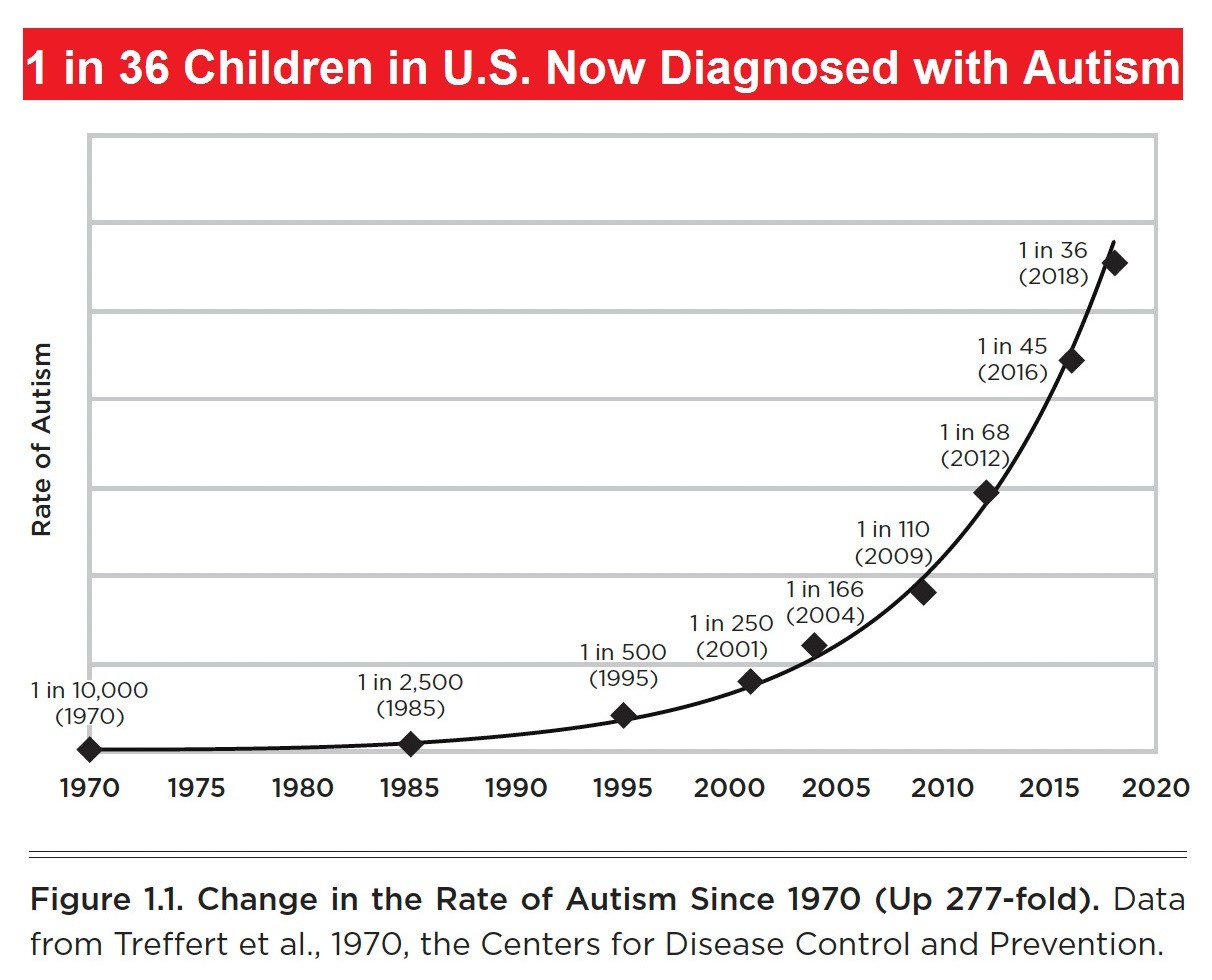
Comments by Brian Shilhavy
Editor, Health Impact News
The CDC released a new report on autism this week, and I’m reposting (part of) a very comprehensive analysis written by JB Handley, who is one of the world’s foremost experts on the subject.
But before you read this excellent report, watch this short clip from the now 13+ year old show The Doctors as it completely destroys the idea that vaccines don’t cause autism.
I can’t believe it’s still available on YouTube. If it ever goes missing, let us know and we’ll upload a copy to our video channels.
New CDC study: Autism rate up 243% since 2000
by JB Handley
Excerpts:
A new study was released today by the Centers for Disease Control that pegs the rate of autism in the United States at 1 in 44 children, compared to 1 in 150 children in 2000 when its complex surveillance system : the Autism and Developmental Disabilities Monitoring Network (ADDM) — First instituted.
Put another way, that means 2.7% of children today have autism, and the rate has grown 243% since 2000.
In the past, people were horrified to see a devastating disability among our children increase by 243%. But, the CDC isn’t concerned, its “Public Health Action” on the study is unfortunately par for the course:
The continued increase in children identified with ASD, particularly among nonwhite boys and girls, highlights the need for an improved infrastructure to provide equitable diagnostic, treatment, and support services for all children with ASD.
Any questions in the report about WHY the rate has gone up so much? Of course not. But it actually gets worse. Like clockwork, the denialists have been working overtime to assure us all that these new numbers are absolutely, positively, nothing to worry about. Just look at this reassuring headline from two “experts” today in STAT News.
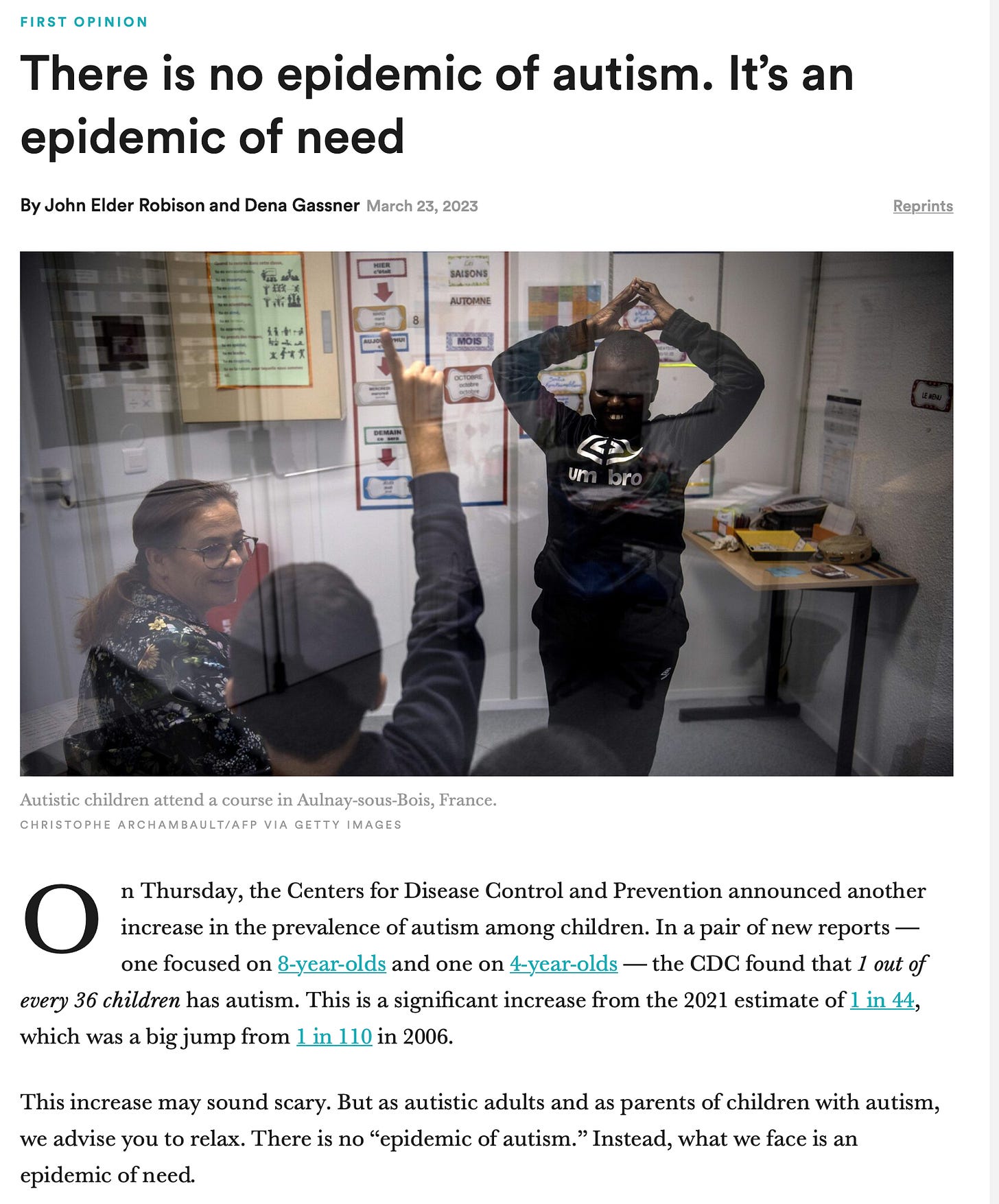
The authors write:
This increase may seem scary. But as autistic adults and parents of autistic children, we advise you to relax. There is no “autism epidemic”. Instead, what we face is an epidemic of need. The main reason we’re finding more autism is simple: Doctors are getting better at detecting what was always there. There is no simple test for autism, so diagnosis requires substantial training in observational techniques. As a result, diagnosis can vary significantly by population and the expertise of physicians.
Why do people whitewash such an obvious truth?
In 2015 Steven Silberman published NeuroTribes: The Legacy of Autism and the Future of Neurodiversity.[2]
Silberman, a former record producer, restaurant critic and teaching assistant to poet Allen Ginsberg, caused a stir in the autism world and brought back into the public debate the tortured idea that autism has always been with us exactly at the same pace
He described a world in which autism is a “natural form of cognitive difference similar to certain forms of genius.”
Silicon Valley geeks? Nikola Tesla? All “blessed” with autism.
“Whatever autism is, it is not a unique product of modern civilization. It is a strange gift from our deep past passed down through millions of years of evolution,” writes Mr. Silberman, trying to wipe out an epidemic with the stroke of a pen.
The term neurodiversity first appeared in the late 1990s, coined by sociologist Judy Singer. She compared the acceptance of diverse ways of thinking to other social acceptance movements taking shape and hoped to “do for neurologically different people what feminism and gay rights had done for their constituents.”[3]
On the surface, it seems like a noble pursuit; what could be wrong with advocating acceptance?
In Wired magazine, Mr. Silberman examined the social revolution he believed was taking shape, as autism advocates and “others who think differently are raising the rainbow flag of neurodiversity to encourage society to appreciate and celebrate cognitive differences, while calling for reasonable accommodations in schools, housing, and the workplace.”[4]
The message of Mr. Silberman served the needs of the media’s social agenda to normalize autism and resonated both in elite circles and among vaccine injury deniers.
He appears in numerous prominent publications (Forbes, the Washington Post, the New York Times, The Economist, and the New Yorker, to name a few.[OU1] ), Silberman won the 2015 Samuel Johnson Prize for Nonfiction.
A glowing review in The Atlantic praised Mr. Silberman and noted that autism self-defensive “make room for anyone who doesn’t feel quite normal.”[5]
Mr. Silberman went a step further, pinning the survival of our species on our ability to accept neurological diversity, explaining that
“The value of biological diversity is resilience: the ability to withstand changing conditions and resist attacks by predators. In a world that is changing faster than ever, honoring and nurturing neurodiversity is civilization’s best chance to thrive in a uncertain future”.[6]
I am fifty-three years old and as a child I had never seen or heard of a classmate with autism. Ask any teacher, doctor, nurse or coach who has been on the job for three decades or more and you will always hear the same thing: something new and very different is happening with kids today.
My teenage children know dozens of children with autism and the schools are full of special education classes. When you look at a graph of the change in autism rates over time, it’s impressive (see Figure 1.1).
When I first heard that there were researchers, spokespeople and experts claiming that the growth in the number of children with autism was a big mirage and that these children had always been here, I really couldn’t take it seriously.
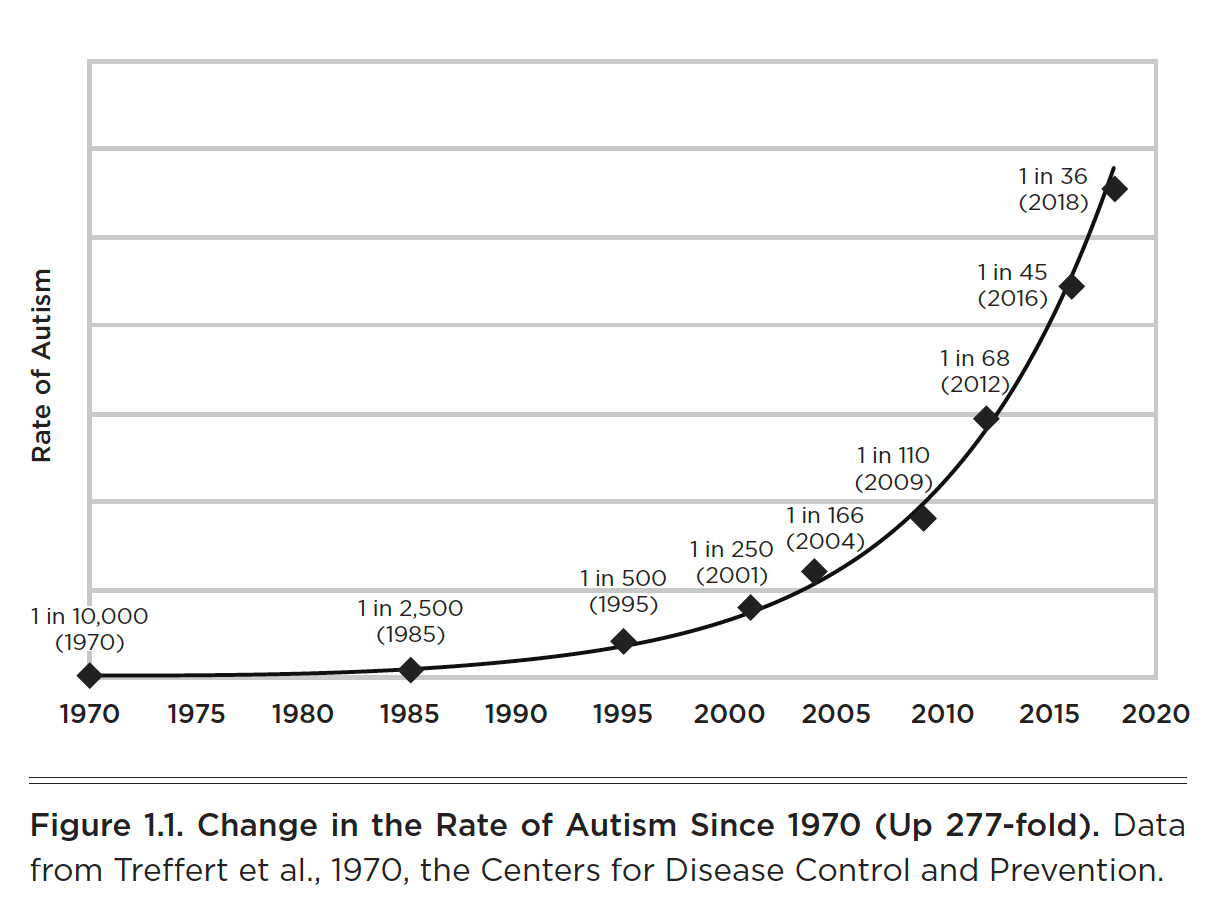
Figure 1.1. Change in autism rate since 1970 (up 277 times) (Data from Treffert et al., 1970, Centers for Disease Control and Prevention)
A simple question refutes this narrative: “Where are all the adults with autism?”
If the version of the story of Mr. Silberman is plausible, you would need about 2% of US adults to show clear signs of autism.
Let’s do the quick math: Fifty-four percent of the US population is over the age of thirty-five. That’s roughly 174 million people.
If one in thirty-six of those adults had autism, that’s 4.8 million American adults with autism: 4.8 million adults over the age of thirty-five who have a disabling condition that causes independent living is a challenge in all but the mildest cases.
There is no data anywhere to support a number of adults with autism anywhere near 4.8 million.
To accommodate that many individuals, you would have nursing homes, group homes, and mental institutions with adults with autism.
The best data I could find on housing for adults with disabilities was in Canada, where a federal health care system makes the data more trackable.
Canada’s largest province, Ontario, has 13.6 million people. Adults over the age of thirty-five represent 7.34 million people, which at a rate of one in thirty-six would mean 204,000 adults with autism.
And how many group home spaces does Ontario offer for adults with all forms of developmental disabilities? Eighteen thousand[8]
Note that autism is only one form of developmental disability and accounts for less than half of all cases. Ontario doesn’t have more beds, because they don’t need more beds (yet), there aren’t that many adults with autism.
In fact, forty-two thousand adults are being treated in Ontario for all disabilities, and if the rough math says that if autism is half that number, there are 90 percent of adults with autism in the world of Mr. Silberman “disappeared” from Ontario. (actually there are twenty thousand against two hundred thousand).
Because they don’t exist.
The food chain of epidemic denial
Sitting at the top of the food chain of epidemic denial is one man: Dr. Paul Offit.
At first glance, there is no reason why Dr. Offit should have a strong opinion on autism, or never be quoted on autism by the mainstream press, given that his area of expertise is . . . vaccines
Dr. Offit is a professor of “Vaccinology” at the Children’s Hospital of Philadelphia and personally made tens of millions of dollars when one of his inventions, a rotavirus vaccine, was accepted into the recommended vaccine schedule in the US.[25]
Dr. Offit has no formal training in anything to do with autism, but that hasn’t stopped him from writing books about autism (Autism’s False Prophets: Bad Science, Risky Medicine, and the Search for a Cure), and often he is quoted in The media talk about autism.
In 2010 the Age of Autism blog voted Dr. Offit as “Denier of the Decade” for the 2000s.[26]
Here is a typical quote from Dr. Offit on Autism Rate:
It’s not a real epidemic. In the mid-1990s, the definition of autism was expanded to what is now called autism spectrum disorder. Much milder parts of the spectrum (problems with speech, social interaction) were incorporated into the spectrum.
We are also more aware, so we see it more often. And there is an economic push to include children in the broader definition so that their treatment is covered by insurance. People say that if you took today’s criteria and went back 50 years, you would see so many children with autism then.[27]
In the world of Dr. Offit there is no problem here. Things are as usual; we just understand it better.
And if there’s no epidemic, there’s no environmental trigger, because why have a trigger if something hasn’t actually grown?
In other words: To deny the autism epidemic is to deny the suffering of millions of children and their families and also to deny the exploration of the true cause so that the epidemic can end.
But what is the real motivation of Dr. Office?
In my opinion, the autism epidemic is the greatest threat to the vaccine program in its current form.
If vaccinations trigger autism in one out of thirty-six children, the risk-reward equation of the vaccination program is destroyed.
On the other hand, if autism has always been with us, vaccines could play no role.
Read the full article, along with references, at JB Handley Blog.
About the author: JB Handley is an autism parent, Stanford graduate, author of How to End the Autism Epidemic, and co-author of Underestimated: An Autism Miracle. He lives in Portland, Oregon with his wife and three children.
See also:
Understand the times we are currently living in
Year 2023: Will America Fulfill Its Destiny? Jesus Christ is the only “transhuman” the world has seen or will ever see
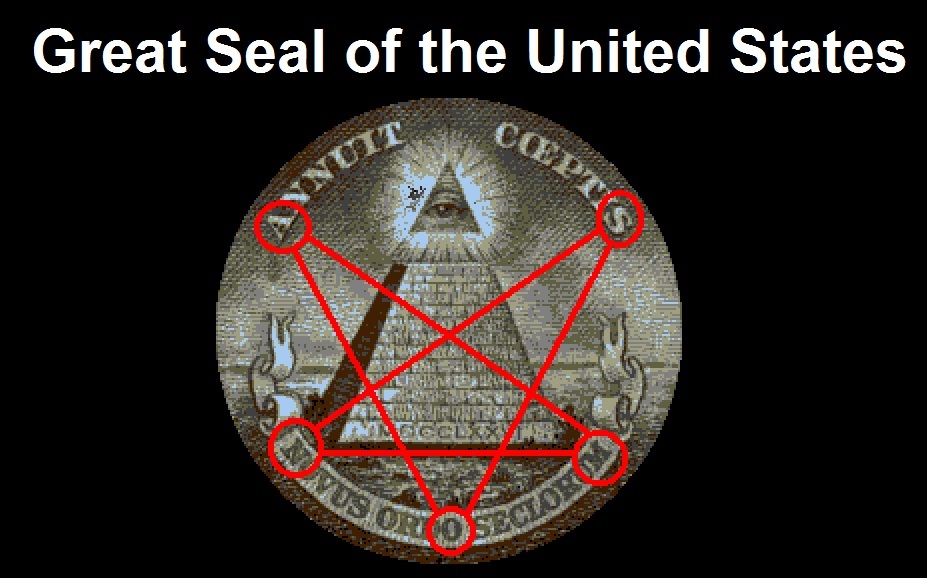
An invitation to technologists to join the winning side
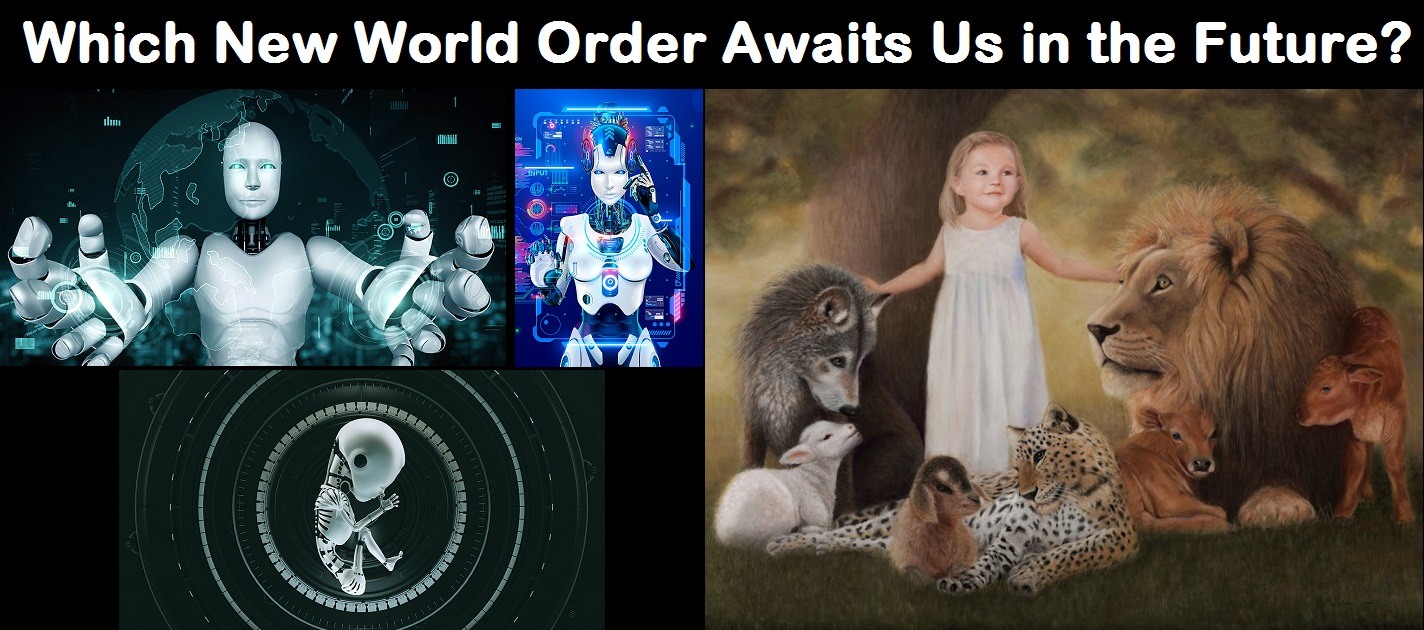
Synagogue of Satan: Why It’s Time to Leave the Corporate Christian Church

Spiritual wisdom vs. natural knowledge: why there is so much deception today

How to determine if you are a disciple of Jesus Christ or not
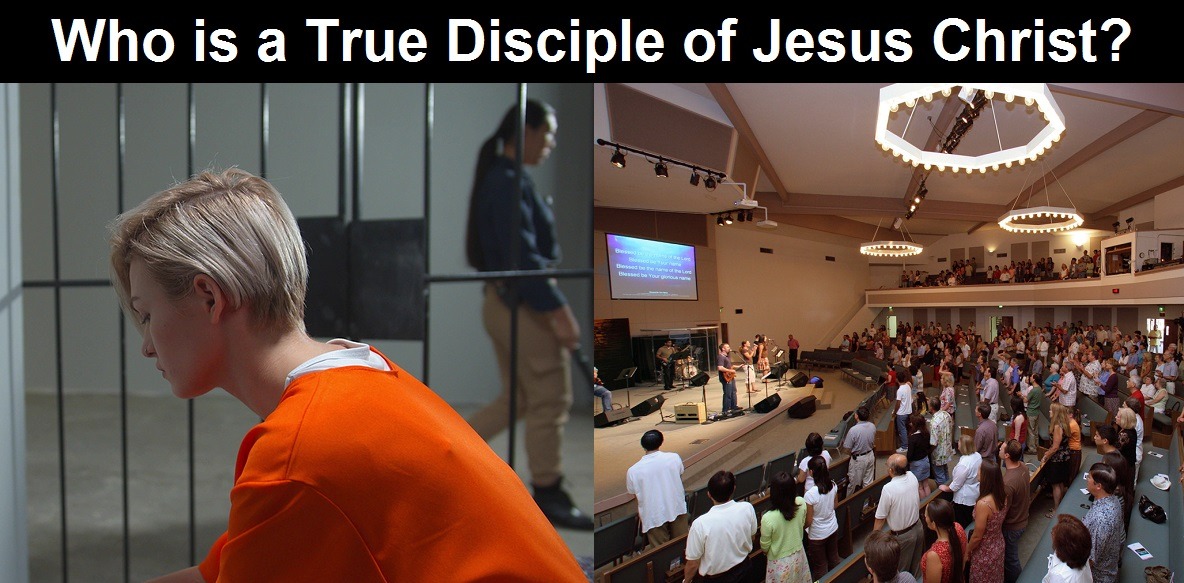
Epigenetics exposes Darwinian biology as religion: Your DNA does NOT determine your health!

What happens when a holy and just God gets angry? Lessons from history and the prophet Jeremiah

Insider exposes Freemasonry as the world’s oldest secret religion and Luciferian plans for the new world order

Identifying the Luciferian Globalists Implementing the New World Order: Who Are the “Jews”?

Posted on March 24, 2023
